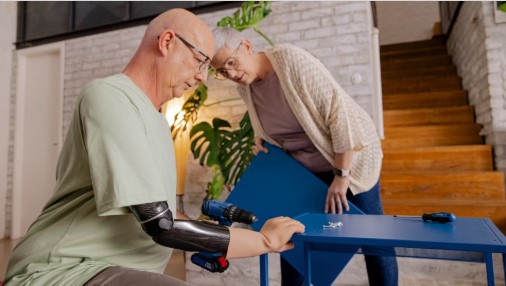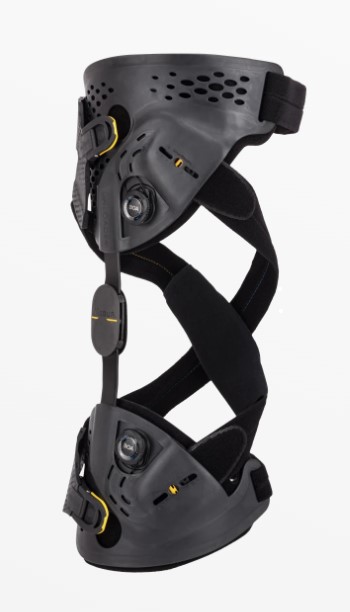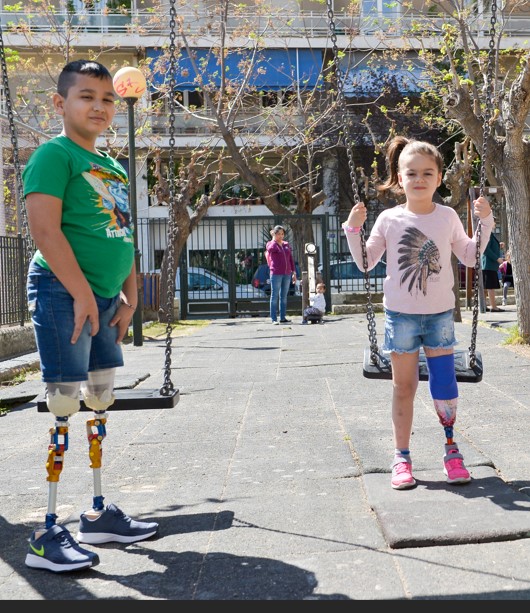Postoperative Rehabilitation of Amputation
An amputation is medically necessary if a part of the body is so severely diseased or damaged that it cannot be maintained. Also, if the member to be retained is not functional. The most common are vascular problems, diabetes, accidents, cancer and genetic disorders. The goal is to prevent serious health consequences or even danger to the patient's life.
After amputation surgery, the postoperative stage is of the utmost importance, in order to avoid the risk of complications and to improve the function of the remaining limb.
Postoperative rehabilitation begins immediately after surgery, while stabilizing health, wound healing and functional recovery are a priority. The first phase of healing abroad in the hospital, initially, the stump is swollen and wrapped with simple bandages, while changes are made by medical staff. Swelling is a normal reaction to the process. At the hospital, the treating doctors will constantly monitor the healing process, in order to give the appropriate treatment.
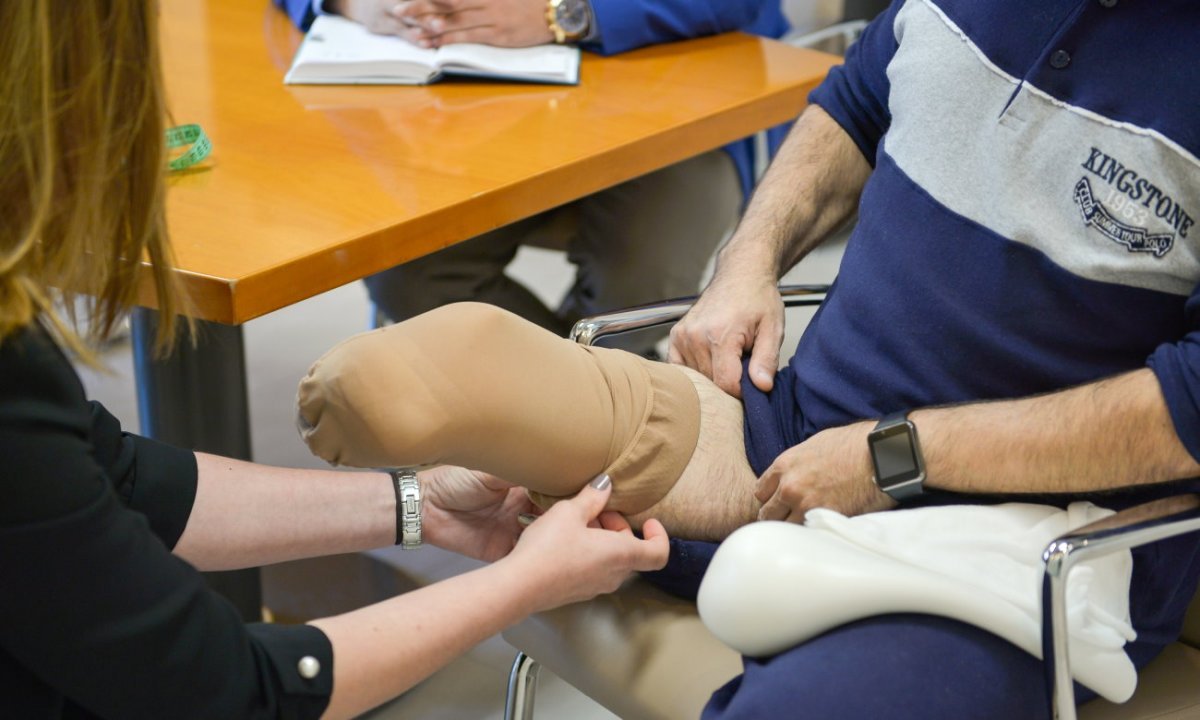
Recovery after an amputation takes time. The duration depends on various factors such as the cause of the amputation, age and pathological causes (eg diabetes, smoking and to a large extent the active participation of the patient). In most cases the healing time is completed in the first three to four weeks. Then the cells of the animal tissue are strengthened and transformed into a specific connective tissue, contributing to the defense of the organism and to the repair of damages. But even if the scar shows that it has actually healed, the healing inside the stump lasts up to a year and a half after the operation, with the result that it is deemed necessary to replace the case of the prosthesis.
During this period and if the patient has been discharged from the hospital, follow a daily schedule of wound changes according to the instructions of the treating physician. It is important to wash your hands thoroughly before starting the procedure or to use gloves and to have a clean surface under the stump, a disposable undersheet or a clean towel would help. Make sure you have all the supplies close by. Remove the bandages and carefully peel off the gauze. If the gauze is stuck to the wound, wet the bandage with saline, wait a while for it to loosen and pull gently.With a sterile gauze, pour saline from the top of the incision down and with gentle and tampon-like movements clean the skin around the wound. Then, with the left and right incisions with another tampon, try to remove any dried blood or other material that has accumulated on the skin. Movements are made from the center of the wound to the periphery, or may be circular from the center of the incision outward. Do not rub the wound hard. To complete the change follow the doctor's recommendation using betadine, patches, antibiotic sprays or creams etc.
Then, to close the wound, place sterile gauze or a special sterile patch over the incision, fix them with plaster if it is not self-adhesive. If bandaging is necessary, apply the following for the respective cases of amputation: tibial amputation (figure 1), femoral amputation (figure 2), forearm (figure 3) and arm (figure 4).
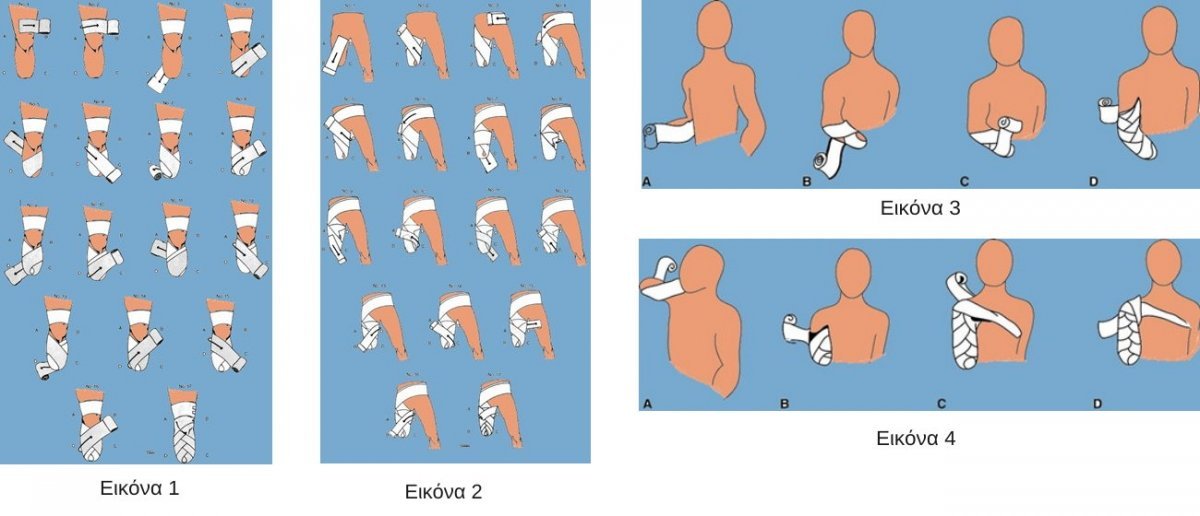
Call your healthcare provider immediately if you find:
- More redness or pain at the wound site
- Fluid or bleeding secretions
- If the trauma has increased It smells bad.
- The patient's temperature is elevated (above 38 ° C more than once a day)
Sutures or medical staples are partially or completely removed in the next thirty days or so from the date of surgery. From that day begins the special treatment for the shaping of the stump with the special hypoallergenic, ventilated and compression stockings for the care of the limbs. The residual limb compression sock is the postoperative replacement of the elastic bandages, which were used in the past. Used to relieve swelling, helps reduce the sensation of the ghost member and improve circulation to the remaining limb. Contraindicated on moist skin surfaces, open wounds, dermatitis, arterial perfusion disorders, acute thrombophlebitis and uncompensated heart failure. To wear the sock, turn it upside down to the end of the stump (picture 1). Expand the double-arranged top of the sock so that you can insert the stump into the sock (figure 2). Slowly and evenly pass the sock to the stump, without turning it. Then correct its application on the foot to avoid folds of the knitted fabric and to achieve the optimal therapeutic effect (figure 3).We recommend caution when wearing and taking off the sock, as its delicate material can be damaged by jewelry or sharp nails. It is recommended to wash by hand, after you have closed the velcro (if any), with a mild detergent. Rinse well with clean water and do not use fabric softener. Do not expose the sock to direct heat (radiator, sunlight, dryer, etc.).

